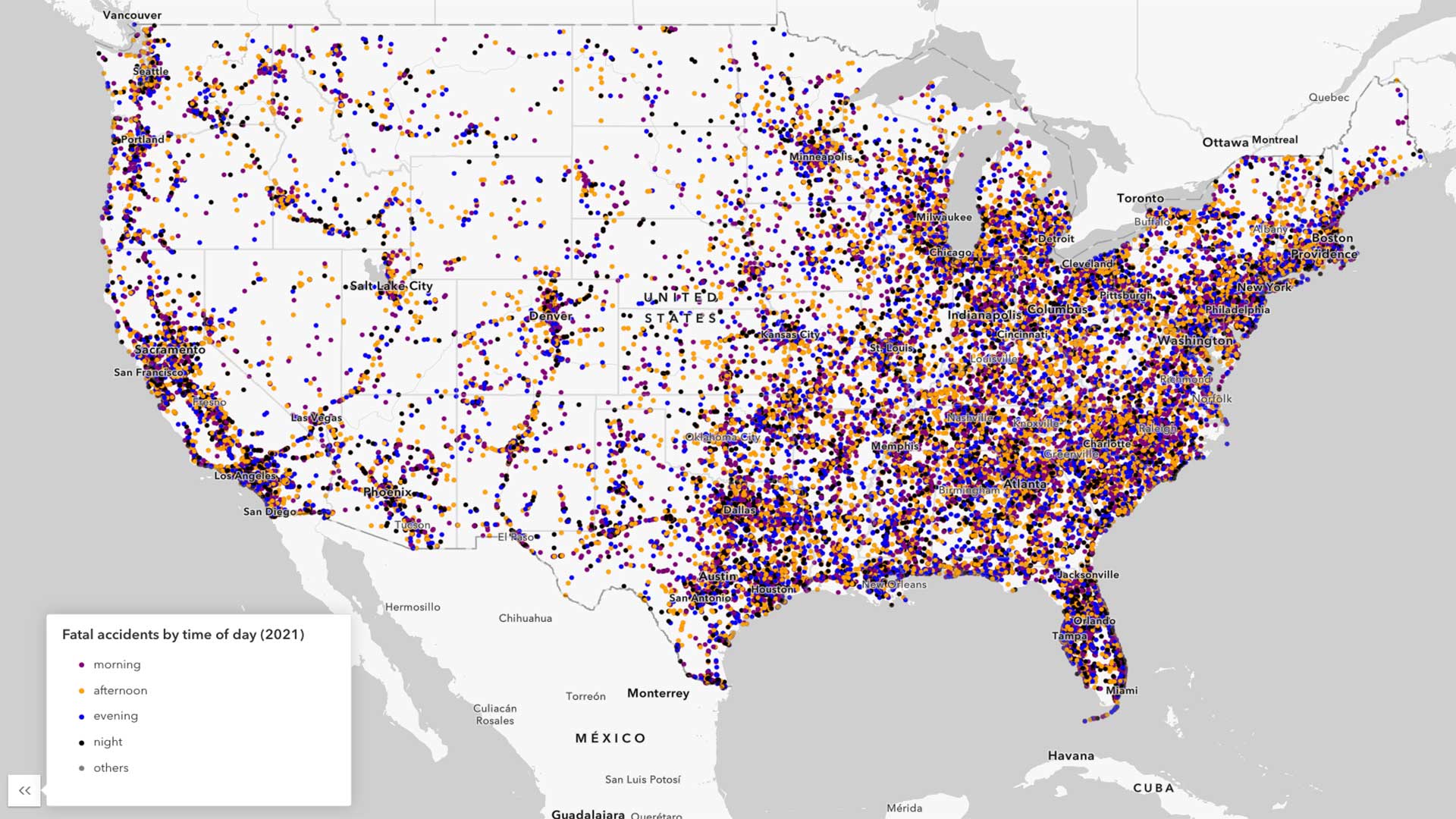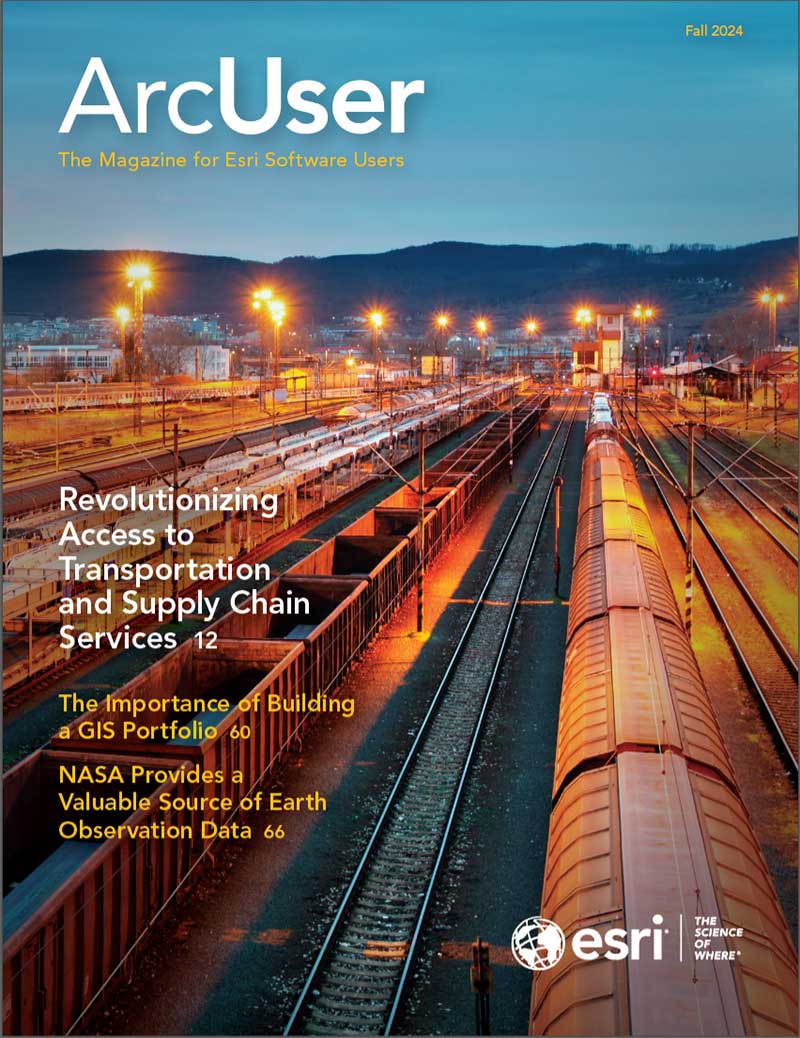A core mission of California community colleges is providing access to educational programs and workforce opportunities for every learner. The nine community colleges and school of continuing education in Orange County (OC), California, serve a diverse student body that includes adult learners seeking general education diplomas, individuals who are reskilling, veterans, high school students in dual-enrollment programs, foster youth, and low-income first-generation students.
A project led by one of those colleges, Coast Community College District (CCCD), uses GIS to synchronize academic offerings with labor market needs and help equip students with the skills and credentials they need to succeed in the regional workforce.
Vision 2030, an action plan adopted by California Community Colleges, seeks to increase the number of students who can earn a living wage after completing their studies. However, students often lack accessible, reliable data on the economic outcomes of their educational choices. Complex labor market data, organized into spreadsheets, was not accessible or easily sharable.
To address this challenge, CCCD is utilizing geospatial tools and data that visualizes labor market information in a way that empowers students to reach their career goals. CCCD used GIS-enabled tools embedded in an ArcGIS StoryMaps story, “TalentED—Geo-enabling the Student Journey,” a resource that more effectively communicates this information.

Expanding GIS Tools to Better Serve Students
Community colleges have significant limitations on how they collect and share labor market information with students, especially priority sectors such as advanced transportation; biotechnology; business; digital media arts; energy; construction; utilities; nursing and allied health; information and communications technology; and retail, hospitality, and tourism.
Information that had been presented in tables and spreadsheets on the locations of businesses that are hiring, salary information, and the skills required was months or years old. This information wasn’t easily accessible or understandable, and not updatable. Studies show that lack of access to reliable and credible data about expected labor market outcomes, not surprisingly, minimizes how students weigh this information in making programmatic decisions.
“Navigating labor market information can be daunting for job seekers. We thought ‘there has to be another way,’” said Stephanie Feger, a program director for career education and workforce development at Coast Community College District. “That’s when we decided to map the information spatially.”
CCCD deployed TalentED, which turns geographic data into interactive content that helps students visualize labor market information for different occupations. It provided direct access to current information on businesses that were hiring, where they were located, what these jobs pay, and what skills are required. As CCCD expanded partnerships with community-based organizations and workforce development agencies, the team also wanted to include more real-time data to identify living-wage careers and career pathways.
One way to achieve that was by implementing a more comprehensive tool that would appeal to a larger audience. CCCD senior research analyst Dr. C.J. Bishop expanded his GIS analytical skillset and received additional training on GIS tools. He employed his new knowledge and skills to build out a strategy for implementing mapping software.
TalentED was initially launched as a resource to promote career exploration, but he sought to do more. Working with real-time data using a Lightcast API, and assisted by Esri partner Blue Raster, CCCD has tapped into tools including ArcGIS Business Analyst, ArcGIS Hub, ArcGIS Experience Builder, ArcGIS Survey123, and ArcGIS Pro to develop better career road maps for students.
“[GIS] has helped us communicate in ways that we haven’t been able to previously do,” said Bishop.

With GIS tools in place, the community colleges are launching OC Works. This job seeker data tool is a resource for college administrators, students, guidance counselors, and workforce development partners. By providing a shared understanding of labor market information, students and those entering the workforce can make better-informed decisions about education paths and outcomes.
“We’re able to look at labor market data based off key partnerships in the region…to show not only key industries that we know will help people move up economically, but also what skills are needed,” said Bishop.
“Having geospatial tools where we can identify potential partners in this work is really a game changer for understanding populations in our region where we can do outreach and where we can build partnerships,” said Feger.
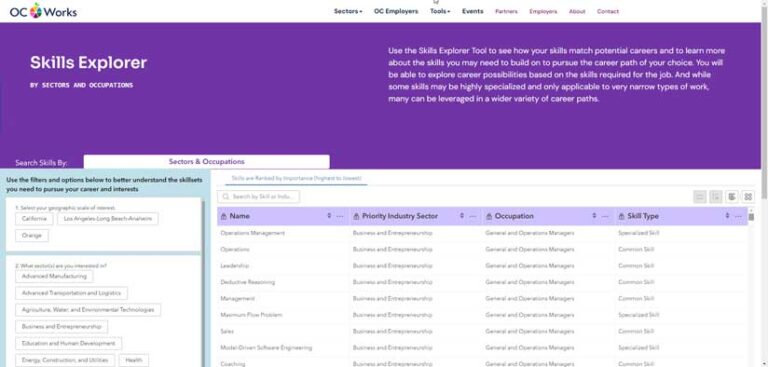
Community college program directors can view up-to-date information on skills and certifications and understand how their program offerings match workforce needs. Through the suite of tools and information, students can explore interactive maps and data visualizations that display the location of jobs, public transportation information, median salaries, skills, and educational requirements for jobs in each priority sector.
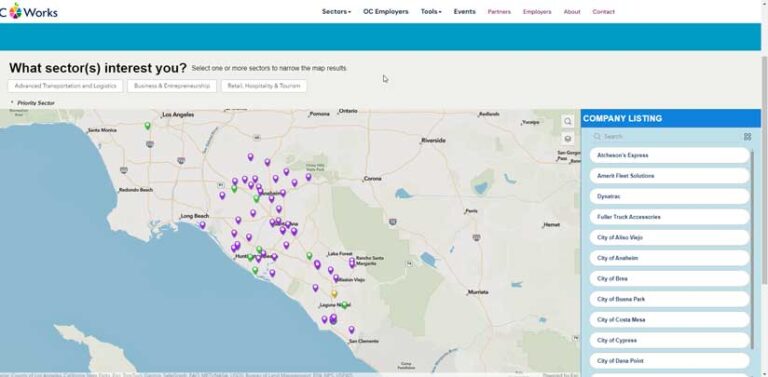
In the K–12 education sector, guidance counselors can access online maps and workforce data from different employment sectors to help younger students with college and career exploration. Throughout California, OC Works has been presented to a variety of community college districts. These districts have seen the value the tool brings to their regions and its potential to increase collaboration with workforce development partners. A regional version of OC Works has been incorporated into job centers that assist those seeking employment or additional skills that would improve their earnings.
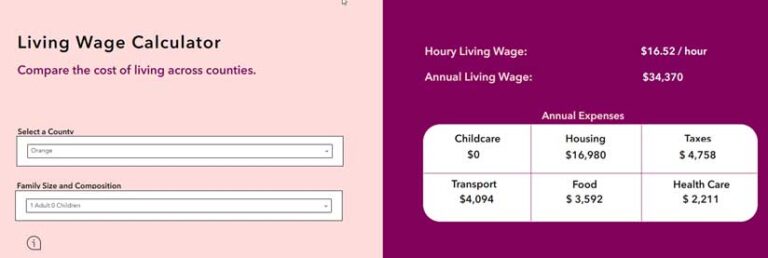
Launching the Workforce of Tomorrow
To help identify shared solutions to challenges such as enrollment, equity, and employment, CCCD is now leading a regional consortium effort that includes four community college districts, college administrators, and district offices to educate institutional researchers on employing Esri software. Working with Dr. Cecilia Rios-Aguilar from UCLA, CCCD is exploring Esri’s Social Equity Analysis solution for mapping areas where gaps exist in educational attainment and earnings so that colleges can develop targeted outreach strategies.
Information from consortium partners has led to CCCD working closely with adult schools to understand where gaps exist in high school education for people seeking a general education diploma (GED).
“This has given us a good opportunity to think collectively about the high-priority sectors with living-wage jobs and target areas of where students are and what [specific] populations need,” said Feger.
Feger and Bishop continue refining their work and hope it inspires other educational institutions and institutional researchers to incorporate GIS into their work. As Bishop noted, “The work demonstrates the value added of researchers being able to better understand key metrics of enrollment, equity, success, and upward economic mobility in new and more accessible ways that inform colleges and their partners in the region.”



